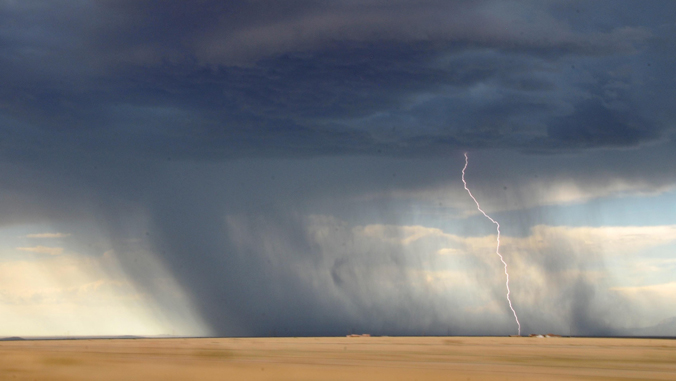
The ability to clearly explain the consequences of climate change is essential for improving public understanding. Students at the University of Hawaiʻi at Mānoa enhanced their science communication skills through an infographics workshop funded by the National Science Foundation. The new five-day workshop, hosted by the UH Mānoa School of Ocean and Earth Science and Technology (SOEST), brought together a group of students from the fields of climate and ocean science.
Led by instructors Malte Stuecker, assistant professor in the Department of Oceanography in SOEST, and Esther Gonstalla, an award-winning freelance infographics designer and published author, the workshop sought to bridge the gap between complex scientific concepts and public understanding.
“Effective science communication is vital in addressing pressing global challenges such as climate change.”
“Effective science communication is vital in addressing pressing global challenges such as climate change,” said Stuecker. “Through this workshop, we aim to equip students with the skills to convey scientific findings in a clear, engaging, and compelling visual language.”
Participants learned the principles of infographic design and communication strategies, as well as exploring techniques to distill complex data and research findings into visually appealing graphics. Through hands-on exercises, group discussions and expert guidance, students learned how to create impactful infographics that resonate with the general public.
During the workshop three infographics were created by students, which focused on different climate impacts of importance for Pacific islands: changes of sea level, temperatures and rainfall patterns.

